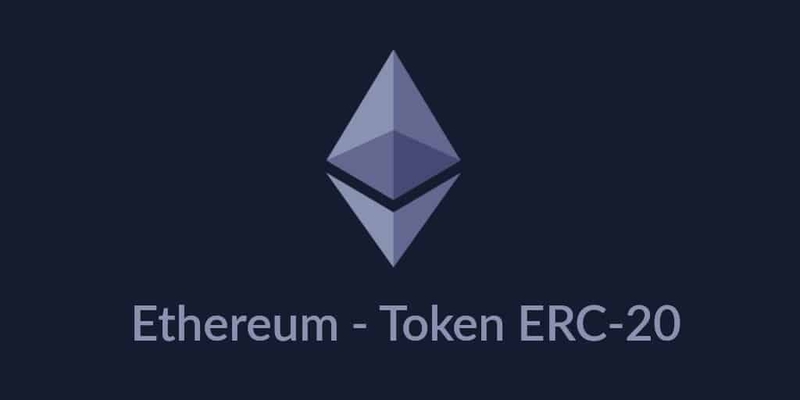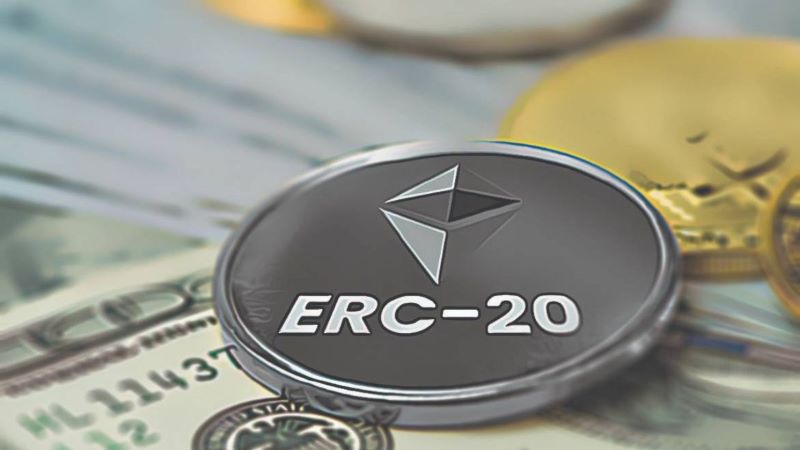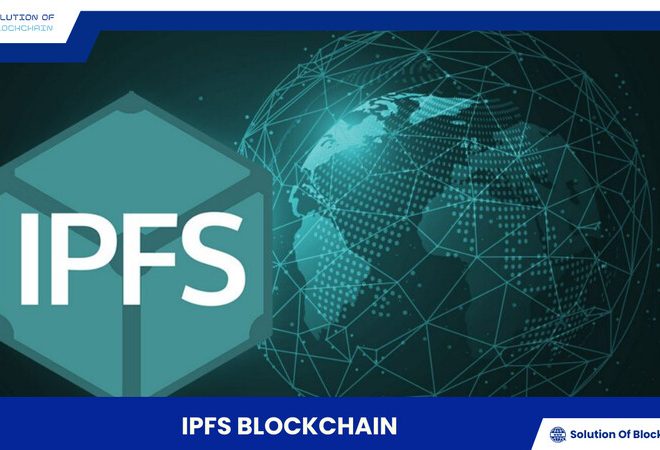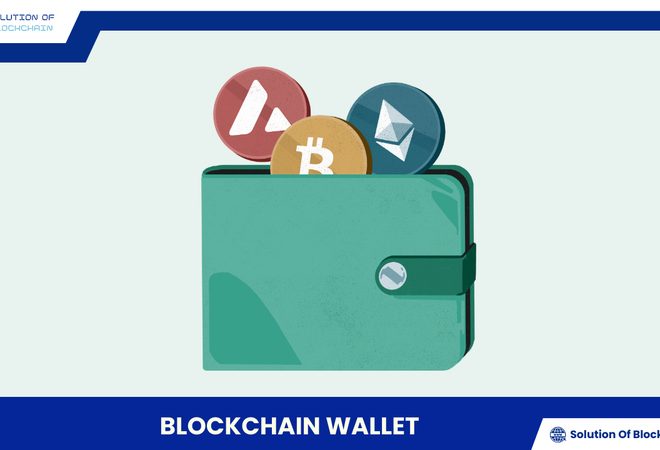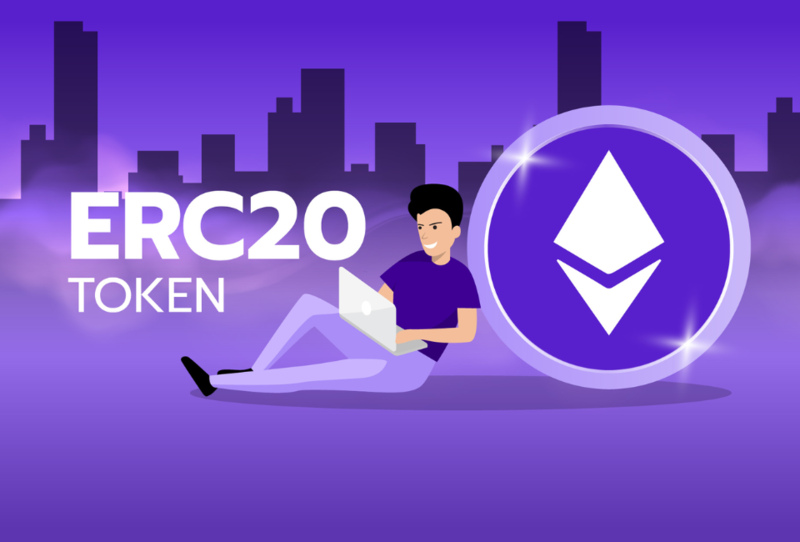
What is ERC-20? Learn about the most popular Token standard
What is ERC-20? Learn about the most popular token standard on Ethereum. Discover features, pros and cons, applications, and how to own ERC-20 tokens.
Ethereum and the birth of ERC-20
Ethereum, born after Bitcoin, is not just a cryptocurrency. It’s a blockchain platform that allows developers to build decentralized applications (DApps) and issue their own tokens. The explosion of tokens on Ethereum created an urgent need for a common standard to ensure compatibility and smooth operation between them.
In this context, ERC20 emerged as an optimal solution. First proposed in 2015 by Fabian Vogelsteller, ERC20 was quickly embraced by the Ethereum community and became the official standard for tokens on the platform.
What is ERC-20?
ERC-20 stands for “Ethereum Request for Comment 20”. Basically, it is a set of technical rules that developers must adhere to when creating tokens on Ethereum. These rules define the basic functions that an ERC20 token must have, such as totalSupply (total supply), balanceOf (balance), transfer (transfer tokens), etc. This allows ERC20 tokens to interact with each other easily, much like electronic devices all use the same type of outlet.
Outstanding features of ERC-20 Token
So what has made ERC20 so powerful and popular? The answer lies in these 6 key features:
- Fungibility: Each ERC20 token is identical and interchangeable. For example, 1 token A is always equivalent to another token A, just like 1 USD is always equal to another 1 USD. This feature simplifies token trading and usage.
- Transferability: ERC20 tokens can be easily and quickly transferred between different Ethereum wallet addresses. You can send and receive tokens with just a few simple steps.
- Security: ERC20 uses smart contracts to manage and execute token transactions. Smart contracts are self-executing programs on the blockchain, ensuring transparency, security, and immutability.
- Standardization: As mentioned, ERC20 provides a common set of rules that all tokens must follow. This ensures compatibility between different ERC20 tokens, allowing them to work together seamlessly within the Ethereum ecosystem.
- Transparency: All ERC20 transactions are permanently recorded on the Ethereum blockchain, a public and transparent ledger. Anyone can look up the transaction history of a particular ERC20 token.
- Liquidity: Due to the popularity of ERC20, most ERC20 tokens are listed on multiple exchanges, creating high liquidity. You can easily buy, sell, or exchange ERC20 tokens at any time.
Advantages and disadvantages of ERC-20
Advantages of ERC-20
- Flexibility: ERC-20 allows developers to customize tokens for various purposes, from cryptocurrencies and utility tokens to governance tokens.
- Popularity: Most exchanges, wallets, and DApps support ERC-20 tokens.
- Ease of development: Creating and deploying ERC-20 tokens is relatively simple and does not require extensive programming knowledge.
- Strong community: ERC-20 benefits from a large Ethereum community, with many developers and users providing support.
Disadvantages of ERC-20
- Dependence on Ethereum: The performance and transaction costs of ERC-20 tokens are affected by Ethereum’s issues, such as high gas fees and network congestion.
- Security risks: Although smart contracts are designed to be secure, bugs in the code can lead to token loss.
- Risk of scams: Since creating ERC-20 tokens is relatively easy, there are many low-quality or fraudulent projects that emerge.
Basic functions of ERC-20
To better understand how ERC-20 tokens work, we need to learn about their basic functions:
- totalSupply(): This function returns the total supply of the token.
- balanceOf(address _owner): This function returns the token balance of a specific wallet address.
- transfer(address _to, uint256 _value): This function allows transferring a certain amount of tokens to another wallet address.
- transferFrom(address _from, address _to, uint256 _value): This function allows an authorized address to transfer tokens from another address.
- approve(address _spender, uint256 _value): This function allows authorizing another address to transfer a certain amount of tokens from your address.
- allowance(address _owner, address _spender): This function returns the number of tokens that an authorized address is allowed to transfer from another address.
Diverse applications of ERC-20 Tokens
ERC-20 tokens are used in various fields, including:
- Cryptocurrencies: Many stablecoins (cryptocurrencies with stable value) are issued as ERC-20 tokens, such as USDT (Tether), USDC (USD Coin), DAI (Dai).
- Utility tokens: These tokens provide access to products or services within an ecosystem. For example, BAT (Basic Attention Token) is used to reward users for viewing ads on the Brave browser, BNB (Binance Coin) is used to reduce trading fees on Binance exchange.
- Security tokens: ERC-20 tokens can also represent ownership in an asset or company. For example, tZERO, Polymath.
- Governance tokens: These tokens allow holders to participate in the project governance process, such as voting on proposals. For example, UNI (Uniswap), MKR (MakerDAO).
- In DeFi: ERC-20 tokens play a crucial role in the decentralized finance (DeFi) ecosystem, used in lending, borrowing, and yield farming applications.
Examples of successful projects using ERC-20 Tokens
- Chainlink (LINK): Chainlink is a decentralized oracle network that provides real-world data to smart contracts. The LINK token is used to pay for Chainlink’s services.
- MakerDAO (MKR): MakerDAO is a decentralized autonomous organization (DAO) that issues the DAI stablecoin. The MKR token is used for system governance and can be used to buy back DAI if needed.
- Aave (AAVE): Aave is a decentralized cryptocurrency lending and borrowing protocol. Users can borrow or lend various cryptocurrencies through Aave. The AAVE token is used for protocol governance and to enjoy trading fee discounts.
How to own ERC-20 Tokens
There are many ways you can own ERC20 tokens:
- Buy on exchanges: This is the most common way. You can buy ERC20 tokens with fiat currency or other cryptocurrencies on exchanges like Binance, Coinbase, Huobi, etc.
- Participate in ICO/IEO: ICO (Initial Coin Offering) is a fundraising method by issuing new tokens. IEO (Initial Exchange Offering) is similar to ICO, but conducted on an exchange. Participating in ICO/IEO can help you buy ERC20 tokens at a discounted price, but it also carries many risks.
- Receive Airdrop/Bounty: Airdrop is the distribution of free tokens to the community. Bounty is a program that rewards tokens to those who perform certain tasks (e.g., writing articles, translating, promoting the project). However, be wary of unclear airdrop/bounty programs, which can be scams.
- Create your own ERC20 token: If you have programming knowledge, you can create your own ERC20 token. However, this process requires an understanding of blockchain technology and smart contracts.
Storing ERC-20 Tokens securely
Securing your ERC-20 tokens is extremely important. Here are some safe storage methods:
- Hardware wallets: For example, Ledger Nano S/X, Trezor. Hardware wallets are offline storage devices that help protect your private keys from cyberattacks.
- Software wallets: For example, MetaMask, Trust Wallet, MyEtherWallet. Software wallets are applications installed on your computer or phone. Choose reputable and trustworthy software wallets.
- Store your seed phrase: The seed phrase is a random sequence of words used to restore your wallet in case of device loss or damage. Carefully record the seed phrase and keep it in a safe place, out of reach of others.
- Beware of scams: Be wary of fake websites, emails, or messages asking you to provide personal information or your wallet’s private keys.
Comparing ERC-20 with other Token standards
Besides ERC-20, there are other token standards on Ethereum, such as ERC-721 and ERC-1155:
- ERC-721: This is the standard for non-fungible tokens (NFTs). Each ERC-721 token is unique and irreplaceable, often used to represent unique digital items like artwork and in-game items.
- ERC-1155: This standard supports both fungible and non-fungible tokens. It allows creating different types of tokens in a single smart contract.
ERC-20 is an important token standard and has a major impact on the development of the Ethereum ecosystem. It has created a solid foundation for the development of thousands of different tokens and DApps. In the future, ERC-20 will continue to play an important role in driving innovation and development in the blockchain space.
However, investors need to be cautious and have a solid understanding of the market before deciding to invest in any ERC-20 token. Always do your research, choose reputable projects, and secure your assets carefully to make the most of the opportunities that ERC-20 brings.
Don’t forget to follow Solution Of Blockchain to update more new knowledge about the investment market every day!


